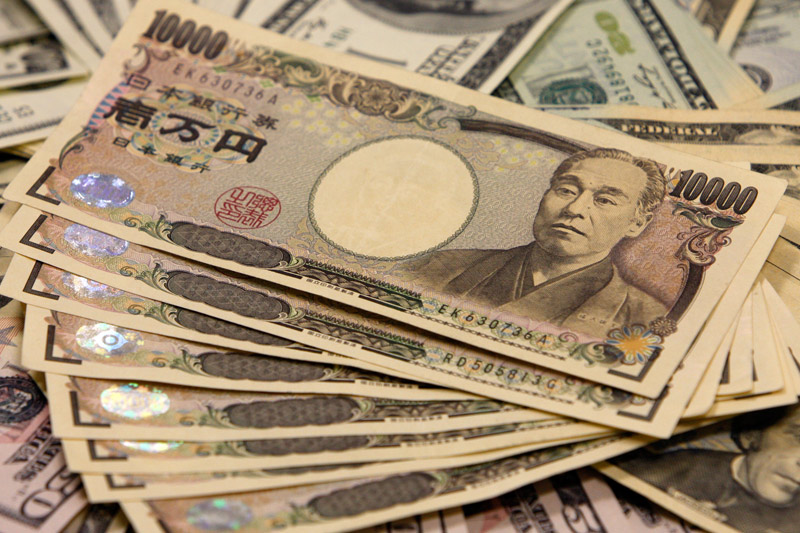Investing.com - The yen trended slightly weaker in early Asia on Tuesday with volatility for the currency in focus and ahead of price data from China.
USD/JPY changed hands at 108.39, up 0.06%, while AUD/USD traded at 0.7320, up 0.04%.
Ahead in China, CPI for April is seen down 0.2% month-on-month and at a 2.4% pace year-on-year. PPI for April year-on-year is expected down 3.8%.
The U.S. Dollar Index, which measures the strength of the greenback versus a basket of six other major currencies, was last quoted at 94.14.
Overnight, USD/JPY surged on Monday, enjoying its strongest one-day move in more than a month, amid warnings from Japan's finance minister that the government could intervene further in foreign exchange markets if necessary.
Minutes from the Bank of Japan's March meeting, released on Monday, revealed a policy board sharply divided on its path for future interest rate setting, as tensions remained high following the central bank's shocking decision weeks earlier to lower interest rates into negative territory for the first time in history.
At the time, BOJ governor Haruhiko Kuroda cited increased risks related to the Chinese and Emerging Markets slowdown, as well as widespread volatility in global financial markets for the decision. At the two-day meeting on March 14-15, however, some policymakers of the nine-member board noted that Kuroda's positioning caused "excessive expectations for further easing," and led to increased volatility in financial markets.
Last week, the dollar fell to 105.55, its lowest level since November, 2014, prompting the U.S. Treasury Department to warn that it added Japan to a watch list of countries that may use price movements in their currencies as a way of gaining an unfair advantage over the U.S. in certain trade deals.
"For Japan, excessive volatility in yen moves that affect Japan's trade, economic and fiscal policies - be it yen rises or yen falls - is undesirable. If such moves occur, Japan is ready to intervene in the market," Japanese Finance Minister Taro said in a speech before parliament on Monday.
Elsewhere, investors continued to digest a relatively weak jobs report last Friday after the U.S. Labor Department said that nonfarm payrolls increased by 160,000 in April, considerably below a downwardly revised gain of 209,000 in March and the lowest monthly total since last September.
Investors, though, paid closer attention to solid hourly wages of 0.3%, in line with consensus estimates. Also on Friday, New York Fed president William Dudley argued that the Federal Reserve could raise interest rates as much as two times this year if the economy shows steady improvement. Meanwhile, Minneapolis Fed president Neel Kashkari reiterated on Monday that the Fed will continue to take a date-driven approach to the timing of its next rate hike.
"I don't want to get into the business of which month we are going to raise or many times we are going to raise in a given period of time, I don't see the benefits to the markets of having me out there saying it's going to be one, two, three or four or what it's going to be," Kashkari told CNBC. "I think we all need to react to the data. We're going to do that and we're being transparent about that."
